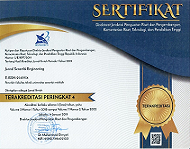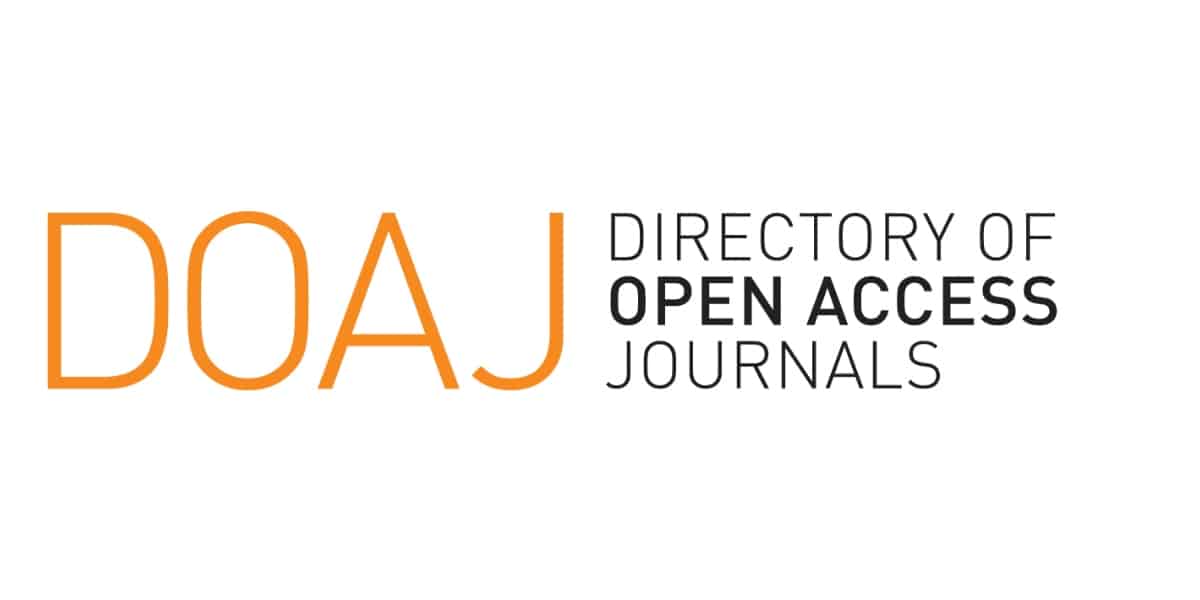The Impact of Oil and Fat Pollutants on The Aquatic Environment Around Panggang Island, Kepulauan Seribu, on The Lifespan of Seaweed (Kappaphycus alvarezii)
Keywords:
pulau panggang, seaweed lifespan, SEM-PLSAbstract
The Kappaphycus alvareziiseaweed in Pulau Panggang, Kepulauan Seribu, DKI Jakarta, has experienced a significant decline in production. From 1984 to 2000, production ranged from 8,106 to 36,625 tons, contributing 25.61% to the total production in the Thousand Islands. However, in 2021, production drastically decreased, reaching only 254 tons in 2019. This study focuses on identifying the factors causing the decline in production. Analysis of water samples indicates that oil and fat pollution in the aquaticenvironment exceeds the established standards, surpassing 1 mg/L, potentially harming marine life, including seaweed. Field observations reveal the fact that the seaweed's ability to survive is within a specific timeframe (seaweed lifespan) that never reaches the harvesting age due to consistent occurrences of death.SEM-PLS analysis shows that both physical and chemical parameters influence the seaweed lifespan by 43.9%.Statistical analysis supports the hypothesis that physical parameters are not significant(p>0.05), while chemical parameters, indicating oil and fat pollution, significantly affect seaweed lifespan(p<0.05).This research provides profound insights into the causes of the decline in Kappaphycus alvarezii seaweed production in Pulau Panggang
















